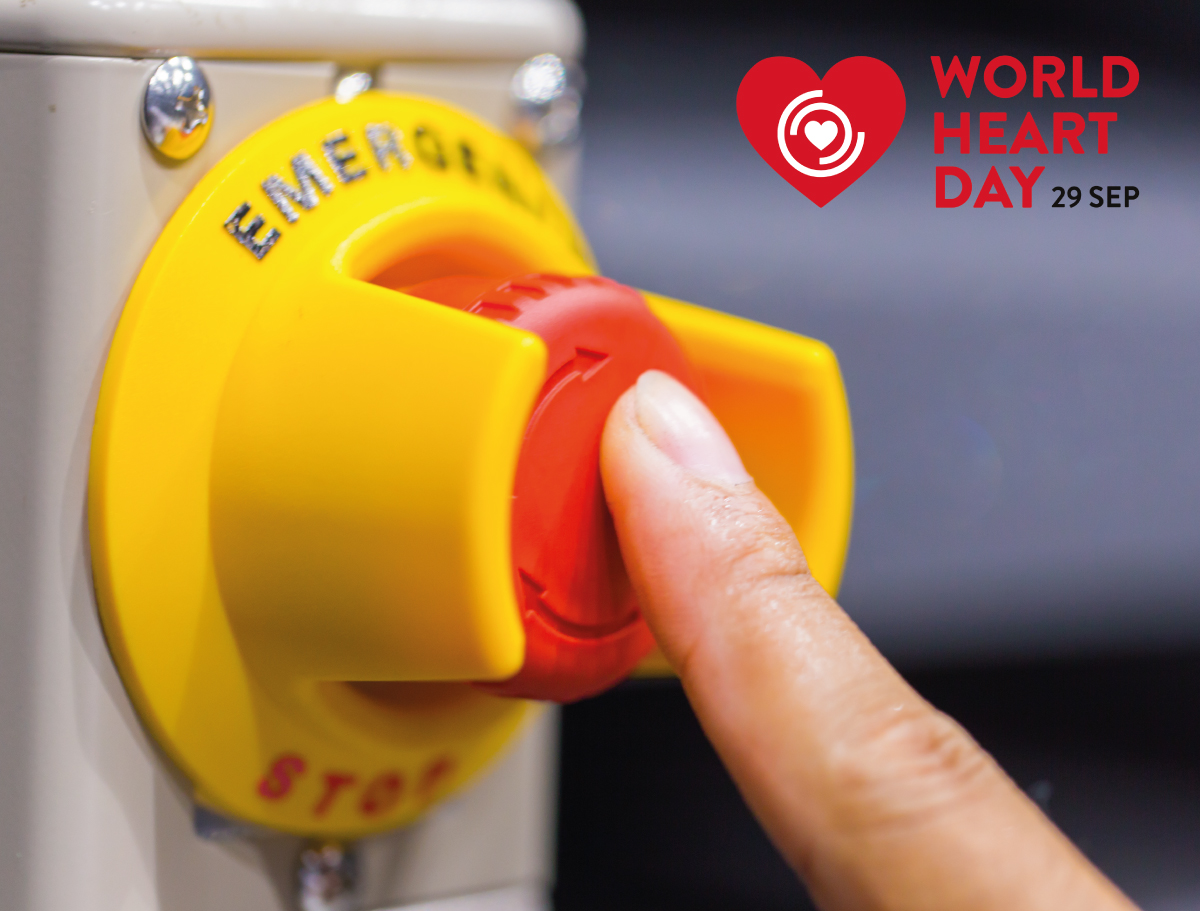How to Prepare For Sudden Cardiac Arrest on a Construction Site?

Sudden Cardiac Arrests (SCA) are the third most common cause of mortality in the western world. In the UK alone, a person dies every three minutes due to Heart and Circulatory Disease. That's nearly 170,000 lives per year which could potentially have been saved with the use of a Automated External Defibrillators (AED).
Alarmingly, as reported by the British Heart Foundation, over 30,000 SCAs happen outside of a hospital and the survival rates are less than 8.6%. It's also estimated that there are 100 incidents at work per week. Only 1 in 10 people call 999 within an hour of experiencing the symptoms of a heart attack.
Despite these startling figures, the legislation is still unclear about the safety precautions that site managers and contractors should take. They frequently have no idea how soon you must act or what will happen if you don't.
Are you prepared to deal with a situation should it happen?
What is Sudden Cardiac Arrest (SCA)?
For the heart to operate and pump blood throughout the body in a healthy rhythm, it requires electrical impulses that make it contract and expand. An SCA occurs when the flow of the electrical signals to the heart muscle is interrupted.
Anyone can develop an SCA at any time regardless of age, fitness levels or physical condition. Tragically, however, in a report published by the Office for National Statistics, 90 to 95% of sufferers will die if not treated right away, as the likelihood of survival decreases by 10% with every minute. Using a defibrillator within 3 to 5 minutes of a cardiac arrest can increase the patient's chances of survival to over 74%.
These statistics should not be treated as a warning but as a reminder of how important it is to be prepared should the unthinkable happen.
What is a Defibrillator?
Automated External Defibrillators (AED) are light-weight, portable medical devices that can check the heart's current rhythm and, if necessary, send an electric shock to the heart to stabilise, restart or improve the original rhythm of a patient's heart.
Using a defibrillator on another person can feel scary and downright intimidating. Still, AEDs are designed to be straightforward to operate, they can be used by someone who has never even seen one before. They contain spoken prompts and explicit, very visual printed instructions that seamlessly walk the user through the procedure. However, we recommend that all staff members obtain basic training and be aware of the location of the closest on-site AED.
Risks in the Construction
It's widely believed that the potential risk of SCAs within the construction industry is incredibly high. Teams that usually work in certain conditions are deemed to be more at risk than others. Especially those who:
- Are exposed to high degree of physical stress and strain
- Work at heights or in certain weather conditions
- Operate high voltage equipment
By their nature, construction sites can be challenging to access by ambulances and emergency services, especially in hard-to-reach urban developments with increased levels of traffic or when working at height.
It is even more important for site managers and contractors to prepare every construction site to improve the chances that a staff member will survive a SCA. Installing on-site defibrillators as part of your site setup is the first step. They can make a difference between life and death.
Preparing Your Site
As part of our Smarter, Faster, Greener commitment to the construction industry, our account managers are fully trained to discuss all aspects of the Health & Safety of your site, including Automated External Defibrillators, and support you in preparing your site for any eventuality.
Call us today on 020 8660 9119 or click here to book an appointment. Help us help you to avoid those heart-breaking statistics.

